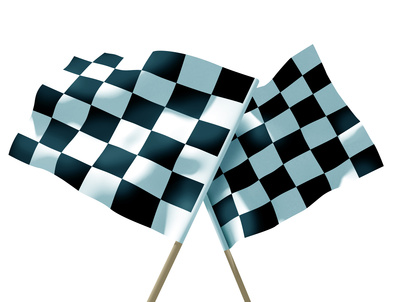Get involved continued…

Once you’ve gotten the basics down, invest time and get involved with the online communites at large! Find one or more that you believe in and trust.
Now, depending on how enthusiastic or keen you are to aggressively perfecting your skin care routine, you can begin researching ingredient profiles on a variety of websites. FYI, my favorites ones are listed either in my “Useful Websites” or “Skin Care Loves” category of the Links section visible on the homepage. I also have my own ingredient profiles, which can be found HERE. However, like I said in the Disclaimer, it’s best that you guys always substantiate my information with outside sources.
-
Let’s look up the ingredient profile on a form of vitamin C called Magnesium Ascorbyl Phosphate (MAP), just as a tutorial on how it can be done. On Cosmetics Cop, we learn that it’s a stable and effective form of vitamin C. However, Paula warns that only one study shows that MAP inhibits melanin production, and 10% of it was used, a concentration that no product on the current market contains.
-
Through PubMed, we learn in this article that in vitro, MAP has an antioxidant effect and is more effective than ATIP (Ascorbyl Tetra-Isopalmitate) in an aqueous solution. However, AA (Ascorbic Acid) was shown to have the highest antioxidant ability of the three when dissolved in an aqueous solution, which is significant because both MAP and ATIP have to be converted to AA in order to be viably used in the various layers of the skin. In a lipid system, ATIP was shown to be more effective than MAP, which means that ATIP is more lipid-soluble than MAP and of course AA. Now, the solubility of an ingredient determines its penetration, delivery, and dissociation mechanisms, which is probably why according to this study, MAP appears to have an larger effect than AA in regards to viscoelasticity in the deeper layers of the dermis.
-
Now, this article and this article suggest that MAP reduces UVB-induced damage whether it is applied immediately before or after UVB exposure. This is important because it suggests that MAP can work synergistically with physical and chemical sunscreens when it comes to photoprotection. Finally, this article suggests that MAP stimulates collagen synthesis as well as AA, and that SAP (Sodium Ascorbyl Phosphate) required at least a ten-fold concentration to produce similar results. This is significant because you’ll want to look for MAP (or AA) instead of SAP in your skin care products.
-
So with all that in mind, it can be tentatively concluded that in vitro, MAP is an excellent water-soluble and stable form of vitamin C that delivers similar results as AA when it comes to collagen synthesis, hydration, and sun protection capabilities. However, more double-blind, placebo-controlled, split-face, left-right randomized, peer-reviewed studies need to be done in vivo before MAP can be placed on the pedestal next to AA.
Great what’s next? We are on a roll! Well that was one ingredient. Then you can look for profiles on other ingredients. After that you can study how pH affects an ingredient; how an ingredient cancels or enhances the effects of another; or what is the ideal vehicle for maximum penetration, etc. The list never ends really. So you see, accruing pertinent information on skin care products and ingredients is a slow and quite honestly, tedious process. But like this site’s tagline, it’s what the “true skin care fanatic” will do to achieve the ideal. Finally, once you learn more about ingredients, how they work in a skin care formulation, and what effects they have when applied topically, you can of course apply that knowledge to the evaluation and analysis of your current skin care routine.
Please note that unfortunately, most articles on PubMed require a society affiliation or a single payment in order to view said articles in their entirety. But most articles have their abstracts displayed, which typically include the objectives, methods, and results of a study or experiment. You can always check your local or university-affiliated libraries to see if you can access any full articles there.




Discussion
No comments yet.